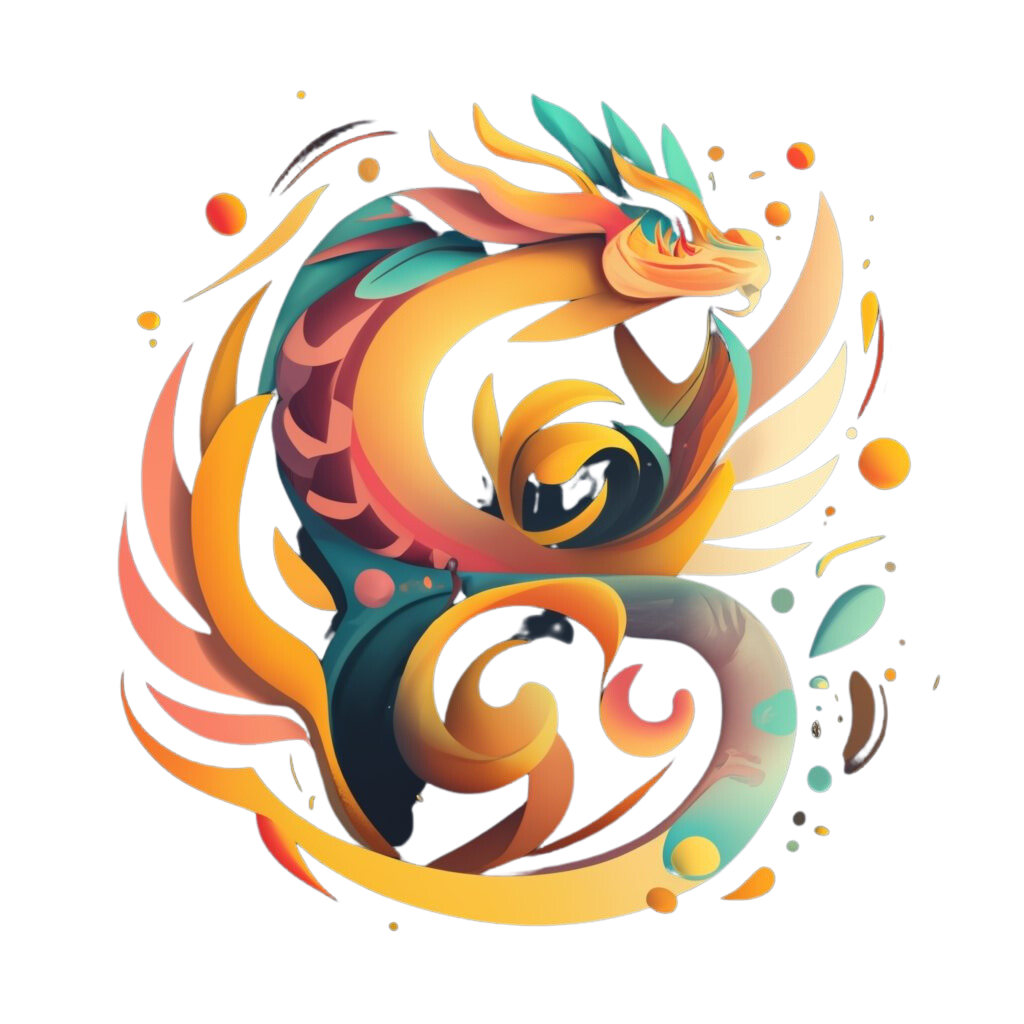Get ready to enter a world where Baltic folklore and mythical creatures come alive. Legendary beings have been fascinating people for centuries. Baltic folklore is filled with stories of magical beings that have captivated the imagination of many.
We will explore the enchanting world of legendary beings and the mysterious creatures of Baltic mythology. We will dive into the rich tapestry of Baltic folklore. We will look at the most fascinating mythical creatures that have shaped the region's cultural heritage.
The Rich Tapestry of Baltic Mythology and its Creatures
Baltic mythology is full of stories from Lithuania, Latvia, and Estonia. It has a deep history. This history has led to many Baltic mythological traditions and folklore.
At the center of these stories are legendary beings. They live in forests and waters.
Nature is very important in Baltic myths. Many stories and legends feature supernatural beings and animals. Each region has its own Baltic folklore.
Some key parts of Baltic mythical beliefs are ancestral spirits and nature. People believe in supernatural beings and respect nature.
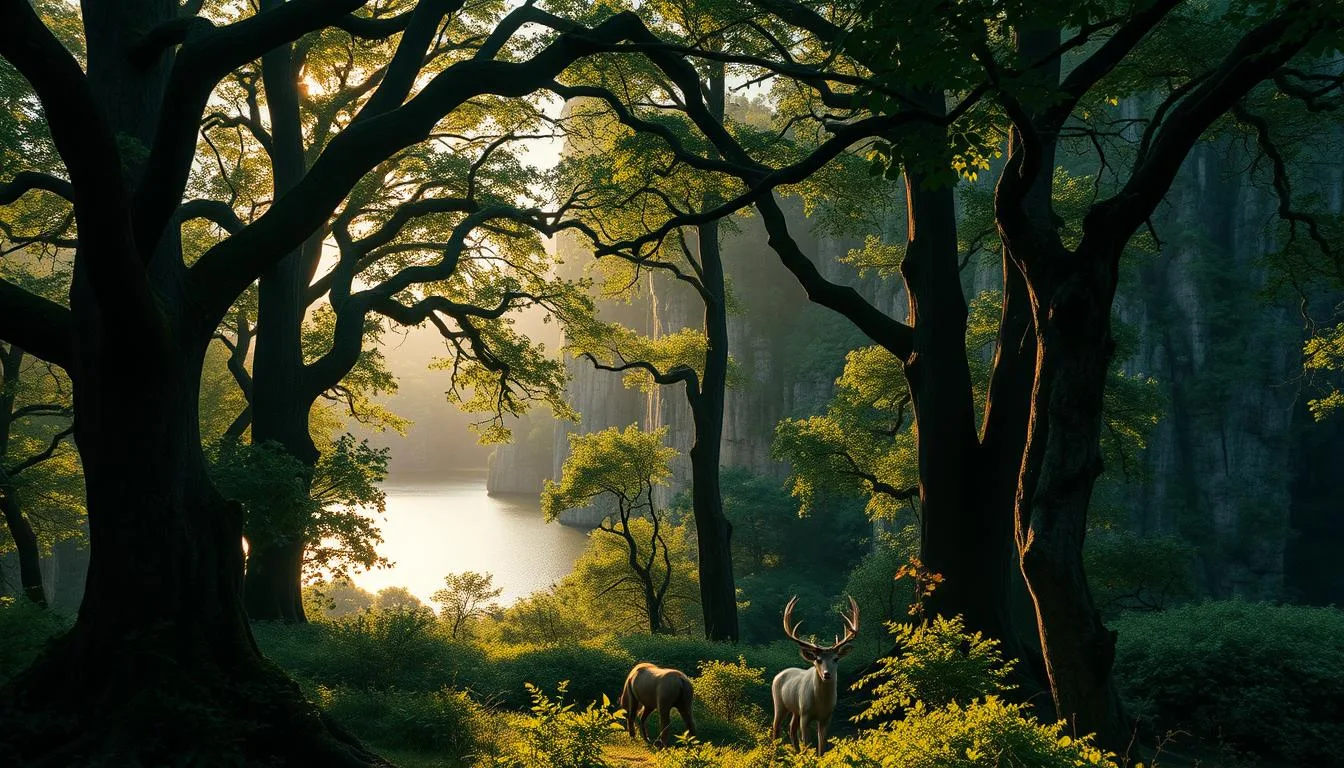
- The belief in a complex pantheon of gods and goddesses
- The importance of ancestral spirits and the supernatural
- The reverence for nature and the natural world
These parts make a colorful tapestry of Baltic mythological traditions and folklore. They still excite and inspire people today.
Most Powerful Baltic Mythical Creatures in Ancient Lore
In Baltic mythology, many powerful creatures have amazed people for ages. These beings, full of ancient stories, are thought to have special powers. They can change nature and our lives. Knowing about these creatures helps us see what the old Baltic societies believed in.
Some of the most famous creatures in Baltic myths are:
- Supernatural beings with the power to control the elements
- Mythical creatures with the ability to shape-shift and transform
- Divine beings with the power to influence the balance between good and evil
Looking into Baltic mythology, we see these creatures were key in the Baltic people's stories. The old tales about them show the Baltic region's rich culture.
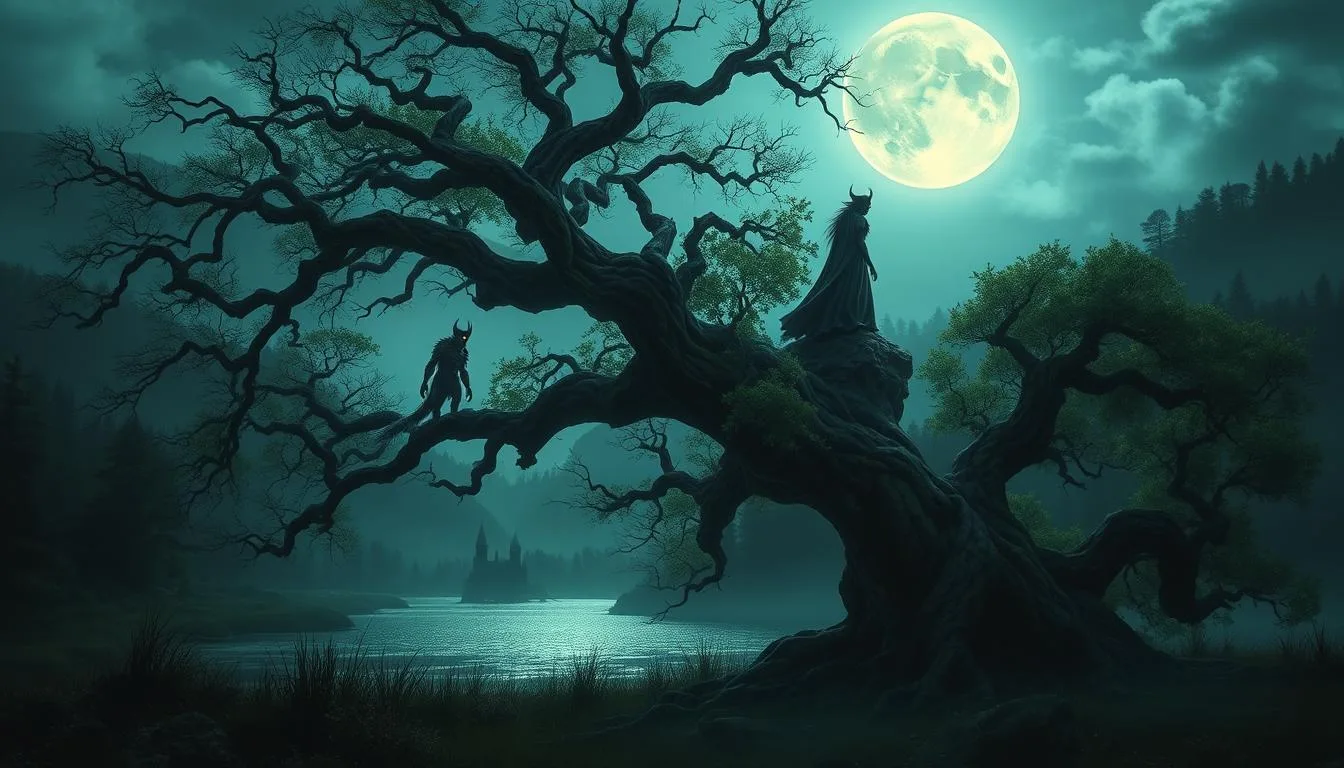
Studying these creatures and their role in Baltic myths is very interesting. It lets us peek into the old Baltic societies' beliefs. By looking at the myths and stories, we learn more about their culture.
The Mysterious Laume: Baltic Fairy Queens
In Baltic folklore, the Laume are known for their beauty and magic. They are seen as guardians of nature and fertility. Their grace and elegance make them celebrated in Baltic stories.
The Laume help humans when they need it. Their tales have been loved for many years. They are linked to nature and its cycles.
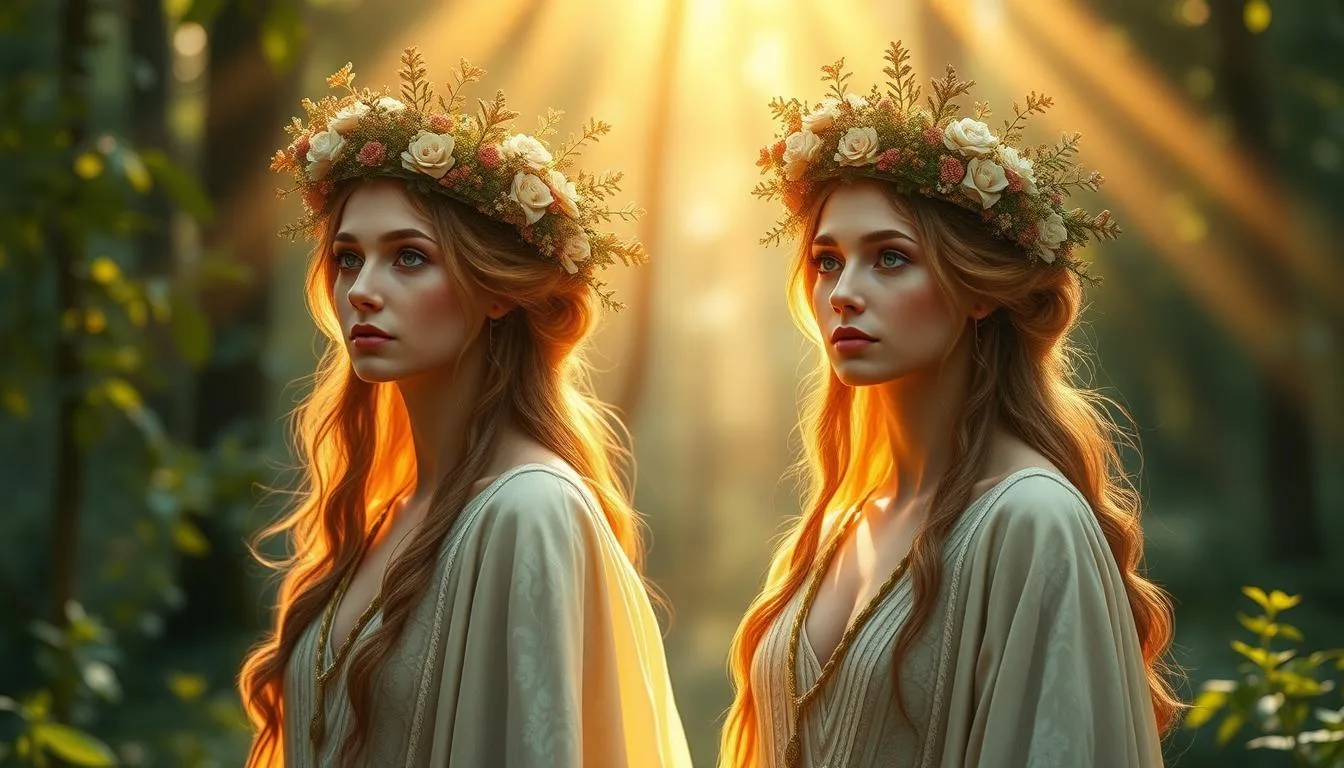
- Physical beauty and elegance
- Magical powers connected to nature
- Kindness and wisdom in their interactions with humans
- Association with fertility and the natural world
The Laume are key in Baltic folklore. Their stories still inspire and amaze people today. As fairy queens, they show the magic of nature and Baltic myths.
Velnias: The Complex Nature of Baltic Devils
Velnias in Baltic mythology is a complex figure. He shows both evil and chaotic power. This power can be destructive or change things for the better.
The ancient Baltic people saw the world as balanced. They believed in light and darkness, good and evil. Velnias is linked to Baltic devils, seen as mischievous and clever.
Velnias's complex nature is a big part of Baltic myths. It shows that good and evil are connected. Stories about Velnias often show him as a trickster who can change things in many ways.
Baltic devils, including Velnias, are tied to nature. They are said to control the forces of nature.
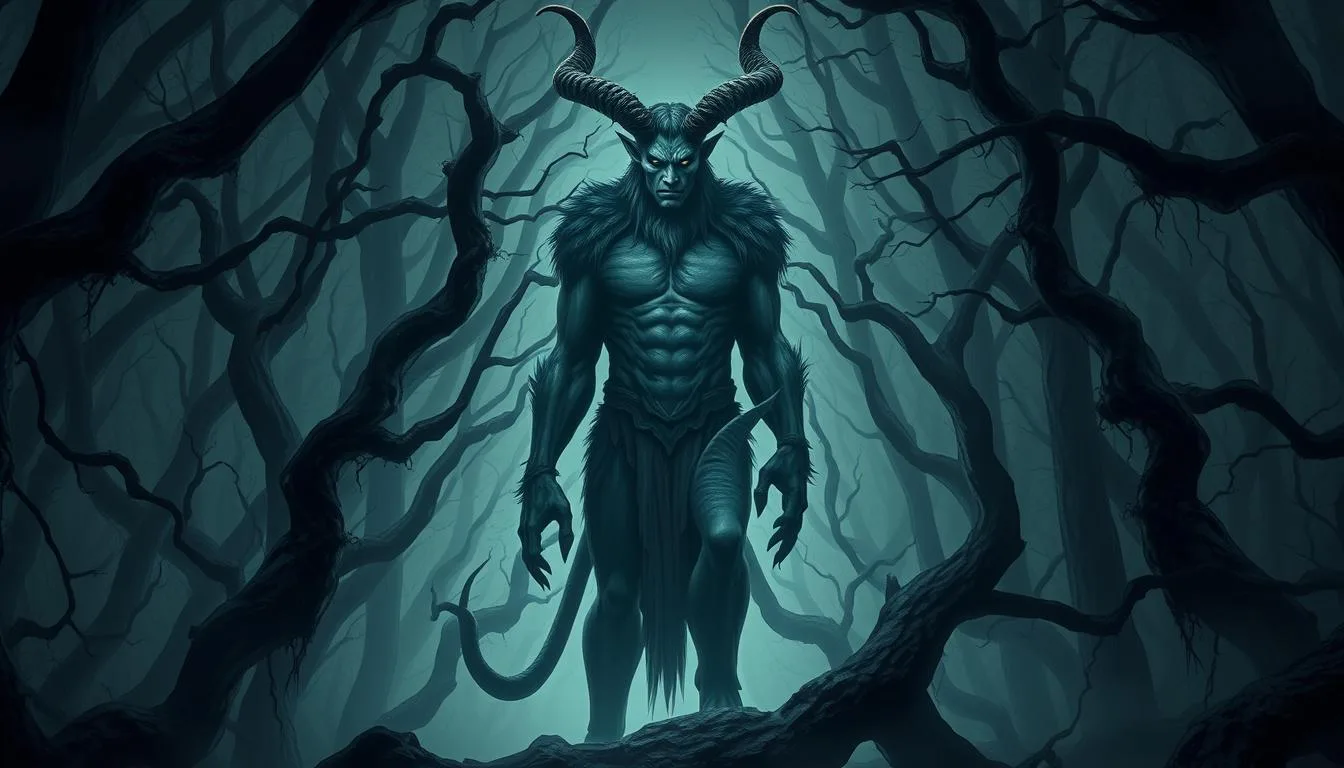
- Complex and multifaceted nature, embodying both good and evil
- Association with the natural world and control over the forces of nature
- Depiction as trickster figures, bringing about both positive and negative change
These traits show the rich world of Baltic mythology. They highlight Velnias and Baltic devils' role in the region's culture and spirit.
Guardian Spirits and Household Deities
In Baltic mythology, guardian spirits and household deities are very important. They protect, bring luck, and help families and people. This shows the Baltic people's love for nature and wanting to live in harmony with it.
Many stories and legends talk about these spirits. For example, Kaukas is a helpful spirit that does chores. Aitvaras is a bird spirit that brings luck. Žaltys is a snake that stands for fertility and new beginnings.
Guardian spirits and household deities have some key traits. They are linked to nature, like trees and animals. People believe they can protect and bring luck.
They are seen as kind and sometimes a bit naughty. Many families and people ask for their help and advice. This shows how much the Baltic people value these spirits.
Creatures of the Baltic Waters and Forests
The Baltic regions are full of mythical creatures. These include mermaids, water spirits, forest demons, and woodland fairies. They show the Baltic people's deep bond with nature.
The Baltic waters have creatures like the Näkki, a water spirit. It can be kind or mean. The forests are home to the Forest Mother, who protects the forest and its creatures. These beings are key in Baltic myths and connect to nature.
- Mermaids and water spirits
- Forest demons and woodland fairies
- Shape-shifters and transformation myths
These creatures show the Baltic people's deep respect for nature. They believe all living things are connected.
Studying these creatures helps us understand Baltic culture and spirituality. Exploring the Baltic waters and forests teaches us about their rich mythological heritage. It also shows why we must protect it for the future.
Shape-Shifters and Transformation Myths
In Baltic mythology, shape-shifters and transformation myths are key. They show how people see the line between humans and animals, and nature and culture. These stories have been told for many years, exciting many with their unique tales and meanings.
Shape-shifters, like Baltic werewolves, are big in folklore. They are humans who turn into wolves and other animals. This happens often during the full moon, because of magic, curses, or supernatural powers. The Baltic werewolves, or Vilkolakis, show how humans can be wild and primal.
Myths about humans becoming animals, like birds or snakes, talk about change and connection. These stories are fun but also teach about identity, community, and being human. They remind us of the mysteries of human nature, asking us to learn about ourselves.
Some important things about shape-shifters and transformation myths in Baltic mythology are:
- They show how humans and animals are connected.
- They link to the full moon, showing life's cycles and the universe's power.
- They talk about the fight between human and animal sides, showing human complexity.
By looking into these myths, we learn more about Baltic culture and its symbols. The tales of Baltic werewolves and other shape-shifters still excite people today. They inspire new fans to dive into the rich world of Baltic mythology.
The Role of Baltic Mythical Creatures in Seasonal Celebrations
Baltic mythical creatures are key in the Baltic people's seasonal celebrations. These events show how much the Baltic people value nature. They depend on nature for survival.
The Baltic region is rich in culture. Mythical creatures are a big part of this culture. They are celebrated in many festivals.
At different times, different creatures are honored. This is done through festivals and celebrations. These events show how important these creatures are in Baltic mythology.
- Winter solstice celebrations honor beings of light and fertility. They symbolize the sun's return and longer days.
- Summer festivals celebrate creatures of vitality and abundance. This includes fairies and forest spirits.
- Harvest time celebrations thank spirits of agriculture and prosperity. They thank them for the land's bounty.
These celebrations are a big part of Baltic culture. Mythical creatures make these events special. They help people connect with nature and the seasons.
In conclusion, Baltic mythical creatures are very important in seasonal celebrations. They add a unique touch to festivals. This shows the Baltic people's deep connection with nature and the seasons.
Symbolic Meanings Behind Baltic Creatures
The creatures of Baltic mythology are not just fascinating beings. They also carry deep symbolic meanings. These meanings show different parts of human life, nature, and the cosmos. They give us a peek into the Baltic people's worldview and values.
The snake in Baltic mythology stands for renewal and change. The eagle symbolizes strength and vision. Knowing these meanings helps us understand Baltic mythology better. It shows us universal themes and messages that last through time and culture.
Some of the key symbolic meanings behind Baltic creatures include:
- Renewal and transformation, as represented by the snake
- Strength and vision, as represented by the eagle
- Protection and guardianship, as represented by various household spirits
By looking into the symbolic meanings of Baltic creatures, we learn more about mythology. It shows us how it's still important today. Studying Baltic mythology also helps us understand the region's culture and history. It shows how mythology shapes our culture and society now.
Baltic Mythical Beings in Modern Culture
Baltic mythical beings have become a big part of today's culture. They grab our attention with their special traits and deep history. In books, these creatures are seen in new ways, showing today's issues and feelings.
These beings are found in books and art, reaching more people. They inspire new artists and writers. By adding them to today's culture, we keep their stories alive and give them new meanings.
- Literary works that feature Baltic mythical creatures as main characters or symbols
- Art exhibitions that showcase the mythology and folklore of the Baltic region
- Contemporary adaptations of traditional Baltic myths and legends in film, theater, and music
These examples show how Baltic mythical beings still capture our hearts. They spark creativity and imagination in today's world.
Preserving the Legacy of Baltic Mythological Heritage
As we end our journey through Baltic mythical creatures, we must think about keeping this rich heritage alive. These stories and beliefs show us the roots of Baltic identity. By sharing and celebrating these myths, we help future generations learn and grow.
There are many ways to keep Baltic myths alive. We can teach kids about these legends or create new art based on old tales. This way, we keep the Baltic culture vibrant and connected to its past. It's a way to honor history and make our present richer.
As we say goodbye to Baltic folklore, remember its power to connect us across time and space. Saving this heritage means we keep our cultures diverse and understand humanity better. Let's keep telling and celebrating the stories of Baltic mythological creatures. This way, their magic will continue to inspire us all.
FAQ
What are the most powerful Baltic mythical creatures in ancient lore?
The Baltic regions have many powerful mythical creatures. They played big roles in ancient Baltic myths. These beings had special powers and were believed to control nature and human fate.
Who are the Laume, the Baltic fairy queens?
The Laume are magical fairy queens in Baltic myths. They are seen as beautiful and wise. They help humans in stories, showing their kindness and wisdom.
What is the complex nature of Velnias, the Baltic counterpart to the devil?
Velnias is like the devil but more complex. He's seen as both evil and a force of chaos. This shows the ancient Baltic people's view of a balanced world.
What are some of the guardian spirits and household deities in Baltic mythology?
Baltic myths have guardian spirits and deities for homes. They protect and bring luck to families. Kaukas helps with chores, and Aitvaras brings good fortune. Žaltys is a snake that symbolizes fertility.
What are some of the shape-shifters and transformation myths in Baltic mythology?
Baltic myths love stories of shape-shifters and transformation. Vilkolakis, the werewolves, are famous for changing from human to wolf. Other creatures mix animal and human traits, showing the power of change.
How do Baltic mythical creatures play a role in seasonal celebrations?
Creatures in Baltic myths are key in their festivals. In winter, they honor light and fertility. Summer festivals celebrate life and abundance. Harvest time thanks spirits for the land's bounty.
What are some of the symbolic meanings behind Baltic mythical creatures?
Baltic creatures symbolize many things. Snakes mean renewal, eagles show strength. These symbols give us a peek into Baltic culture and values.
How are Baltic mythical beings represented in modern culture?
Baltic myths live on in today's stories and art. They're reimagined to fit modern themes. Films and games introduce these beings worldwide. They're also in music and fashion, showing their lasting appeal.
Learn more about mythical creatures from other parts of the world through these blog posts:
